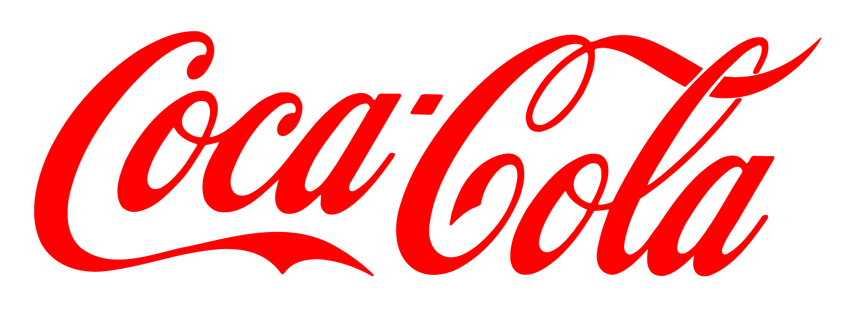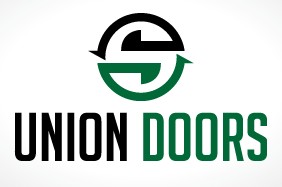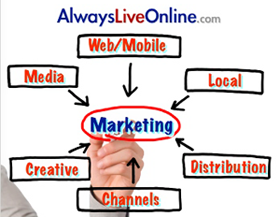Social Media Mastery: Wisdom from the Leaders of Coca-Cola
Courtesy of: Search Engine Watch & Jason Cormier
As social media marketers, we’re naturally in pursuit of identifying “who is doing it right.” We follow the feeds and influencers that help inspire our creativity, guide our approach, and validate our recommendations.
We whore out our email addresses in exchange for white papers, register for webinars we can’t find time to attend, and maintain an insatiable appetite for research and ROI-proving case studies.
In all of this, it’s sometimes easy to overlook the lessons learned (and shared) from a single company – even one that’s been in business for 125 years. But one thing I’ve learned about social media is that universal principles apply. Coca-Cola may have far more budget and resources than you – but at least some of the wisdom gained from their leaders and experience can also be ours.
Coca-Cola’s View on Media
As Wendy Clark, SVP of Integrated Marketing and Communication for Coca-Cola will tell you, media is viewed as paid, earned, owned, and shared. This is not at all unique to Coke, but certainly sets the stage for understanding how the company views and segments its overall marketing.

Note: For a detailed explanation on differences between media types, check out Jackie Cohen’s post on how to define shared media. Her content is specific to Facebook, yet still applicable and relevant to Coca-Cola’s approach.
Expressions Trump Impressions
Although Coca-Cola continues recognizing impressions as the “connective tissue” to their overall marketing efforts – they have clearly adopted the greater value associated with their customers’ “expressions.” The difference is simple: what somebody saw vs. what somebody spent time on (liked, viewed, commented, uploaded, shared, etc.)
Yes, this is Coca-Cola’s spin on “engagement” – but because they are so intentional about its value (especially at the executive level), they are in a continual process of analyzing expression data to more effectively drive their actions.
As Jonathan Mildenhall, VP of Global Advertising Strategy at Coca-Cola, said at the recent Cannes Lions International Festival of Creativity, “data will become the new soil in which our ideas will grow, and data whisperers will become the new messiahs.” Think that guy’s excited?
Content Must Be Liquid and Linked
Coca-Cola’s concept of “liquid” means the company’s content is produced in a framework of dynamic storytelling that has a natural affinity to go to the furthest points possible. They are thinking strictly in terms of how the content they produce will be shareable, how it will relevantly flow across networks, cultures, and personal touch points.
Of equal importance is the concept of this content being connected, or “linked” to the brand’s strategy and ambition. When I first heard “linked,” my mind went to ideas around social search optimization and search engine visibility, but that actually has nothing to do with Coca-Cola’s concept of linked.
You can see a snippet of Clark’s explanation at the 2011 IAB Annual Leadership Meeting, where she also mentioned that if content created by the brand doesn’t ultimately relate to the brand strategy, it is misdirected.
Advocacy Trumps Loyalty
Joe Tripodi, EVP and Chief Marketing Officer of Coca-Cola, recent authored an article in the Harvard Business Review where he also discussed the focus on expressions, liquid and linked.
Another valuable insight he shared: “Awareness is fine, but advocacy will take your business to the next level. I used to think that loyalty was the highest rung on the consumer pyramid until I became the CMO of Allstate Insurance. There, I saw clearly that so much business was driven through personal referrals and advocacy by individuals for their agent.”
Tripodi points to the estimation of Coca-Cola creating video content that generated 26 million YouTube views, while 120 million views were of Coca-Cola content created by others.
To say your consumers are the ones that really own your brand might be met with controversy – but also to Tripodi’s point, the best Coca-Cola can do is “be a facilitator who manages communities, not a director who tries to control them.” Clark also demonstrated this alignment at IAB, indicating Coca-Cola’s success has been about “moving from control to curation.”
Find the Balance Between Brand Love and Brand Value
Clark refers to Coke’s “extrinsic” (brand love) messaging as one that creates emotional relationship with the brand. A good example of this was last year’s Coca-Cola Happiness Machine video that not only went viral with zero supporting advertising – but eventually was (very economically) repurposed as a TV commercial.
“Brand value” messaging refers to the intrinsic, or “functional relationship” more closely associated with traditional marketing. This kind of messaging might include a coupon or redemption asset designed specifically to drive a purchase.
‘Differentiation Based On Authenticity May Be the Most Powerful Weapon You Have’
The above is a quote from Jerry Wilson, a senior VP who has been with Coke over the last 23 years. As Wilson recently stated to an audience at Terry College, “A brand is nothing more than a promise plus the experience that creates a relationship. Great brands communicate consistently, knowing that everything communicates.”





















You must be logged in to post a comment.